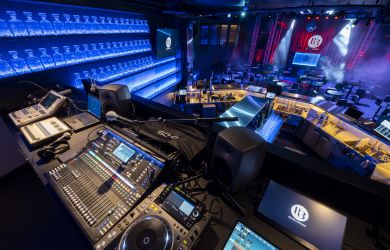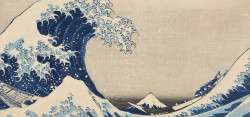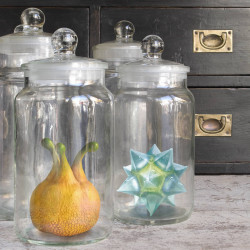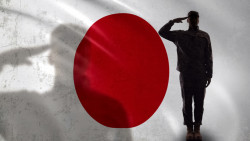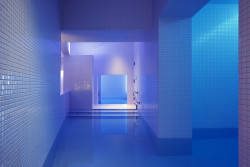
November 30, 2011
New Era of Tokyo Fashion
An entertaining show tries to reboot Japan’s lost fashion edge
By Metropolis
Originally published on metropolis.co.jp on November 2011

A feeling of regret, lost opportunities, and wasted years hangs over Japan like a pall of doom. Back in the ’80s the country was going places at tremendous speed. Even if those places were not to everyone’s liking, there was nevertheless a feeling that Japan—and Tokyo in particular—was the epicenter for so much. Then the Bubble burst, followed by two less than stellar decades, and the world seemed to pass Japan by.
Like so much else in the country, the fashion business followed the same trajectory of infinite vistas opening up only for a grey, stifling fog to close in that has not yet lifted. Back in the 1980s—with such individualist designers as Issey Miyake, Rei Kawakubo, and Yohji Yamamoto leading the charge, and the Tokyo collection providing an internationally recognized stage—Tokyo seemed on the verge of knocking Paris and Milan from their perches.
But instead of following through with fresh waves of fashion shock troops, Japanese fashion blanded out as “select shops” such as BEAMS and United Arrows started to dictate taste and downplay originality in a stagnant economic climate.
Now, along with other aspects of the economy, a belated attempt is being made to revamp Japan’s fashion biz. This is one of the main themes to arise from the “Feel and Think: A New Era of Tokyo Fashion” exhibition at Tokyo Opera City, which brings together a “new wave” of ten young design labels.
Although much of the fashion here is interesting, it might be an omen that what really impresses about this show is the layout of the space rather than the contents. The display space has been designed by architect Ryuji Nakamura, who has divided it using beams set at most people’s eye level.
This has the effect of visually decapitating the visitors and mannequins so that, as you look around the gallery, you often mistake one for the other. This equivalence between the humans and the dummies modeling the clothes creates an eerie feeling that the mannequins are alive.
As you would expect from ten young designers trying to establish themselves there is plenty of variety, stretching from tattered to smart, and from everyday banality to the kind of outfits that belong at the wildest parties. While the exhibition has lots of impact—thanks to Nakamura’s inspired design—it is hard to spot anything distinctive that characterizes these designers as a movement with a clear direction capable of resuscitating Japan’s flagging fashion fortunes.
Perhaps one minor trend—with the likes of Keisuke Kanda and h.Naoto—is an embrace of elements of cosplay, GothLoli, and visual kei rock band influences. But then Somarta’s kinky, classical extravagance and Theater Products’ updated hippy chic outfits strike quite different notes.
Anyway, the fate of the fashion industry should not be the concern of the average visitor. This is first and foremost a show to be enjoyed, with plenty of gimmicks to generate interest and excitement. For example, Andrealage’s rather conventional clothes are given an interesting twist by mannequins distorted to create the effects of a hall of mirrors and by giant suspended clothes balls.
Theatre Products have created Le Boutique Fantastique, a clothes store where your sartorial choices, registered through a barcode scanner, generate a soundtrack. The idea pushed here seems to be that the shop is your instrument, and that shopping is a kind of creative experience in which we find expression. It all sounds a little hokey, because if shopping for clothes was as much fun as this exhibition, we’d all need a lot more wardrobe space.
“Feel and Think: A New Era of Tokyo Fashion,” Tokyo Opera City Art Gallery, until Dec 25 (listing)
